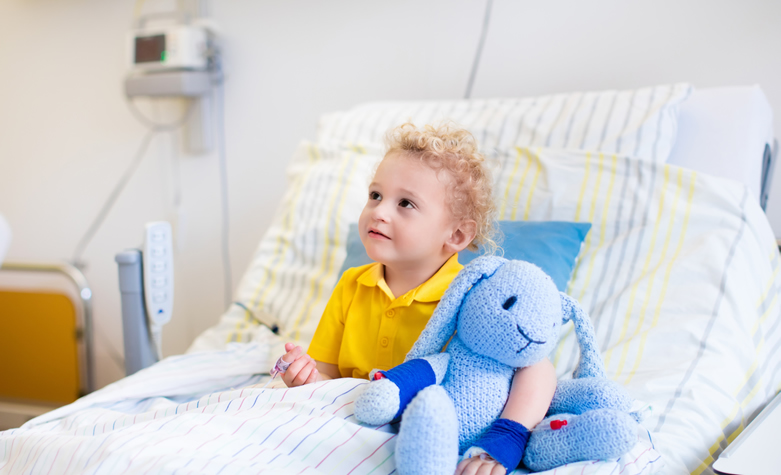The Portland Hospital, 234 Great Portland Street, London, W1W 5QT


The Portland Hospital, 234 Great Portland Street, London, W1W 5QT
This is a condition where there is an accumulation of fluid around the testicles in the scrotum. Parents are usually concerned when they notice that the scrotum or testicles appear to be swollen. This can occur on one or both sides. These occur because of a persistent communication between the scrotum and the abdominal cavity allowing fluid from the abdomen to trickle down and accumulate around the testicles. The good news is that although this can appear alarming, most hydroceles will resolve on their own before the age of 2 years. After the age of 2, hydroceles can be repaired with a simple day case surgical procedure through a tiny groin incision.
Hydrocele is an accumulation of or a bag of fluid around the testicles in the scrotum. It can fluctuate in size, this is due to the amount of fluid going into the scrotum frequently changing during the day, particularly as the child stands or lies down. The change in position can alter the flow of fluid into the scrotum or back into the abdominal cavity. Occasionally, only a small section of the cord will close leaving a isolated island or pocket of fluid called hydrocele of the cord. This not change that much.

Hydrocele is caused by a small tube which communicates between the abdominal cavity and the scrotum. This tube is called a processus vaginalis. All boys are born with the processus vaginalis and it normally seals extremely quickly after birth. This normal tube fat i formed when the testicle moves from the abdominal cavity into the scrotum. Very frequently the first few day of life there can be some fluid left in this area and it can tae time for it to resolve. Occasionally, the canal or tube does not close and thus produce a hydrocele.
A vast majority of hydroceles resolve by themselves. Hydroceles at birth during the first few months of life tend to disappear entirely. If it hasn’t done so by the age of 2 – 3 years of age it is less likely to do so. An operation is the best treatment for this.
Hydrocele surgery involves tying off and ligating the canal, which is the processus vaginalis. This is a very straight forward operation which involves a small incision in the groin and the cord structures are carefully dissected. The patent tube is tied off and resected and the wound is closed without any difficulties. The child will be able to go home the same day. This is usually a very successful operation and rarely reoccurs.
The first 48 hours are the most uncomfortable hours for your son and it is important to give him very regular analgesia – paracetamol and ibuprofen as instructed by the hospital staff, or on the bottle. Do not wait until your son complains of pain.
After the first 48 hours your son may have a bath or shower 48 hours after surgery.
Most children will naturally limit their own activity when they feel pain or discomfort. However, playing on toys that need to be straddled like bicycles, rocking horses and many of the activities at play centres, and vigorous activity should be avoided for 2 weeks, or until the discomfort and swelling has completely subsided. It may be a good idea to put these toys away before your son returns home from hospital.
Infants and toddlers may return to nursery/play groups a week after surgery if the staff are happy to provide the extra attention necessary. Older children may go back to school a week after surgery, but may also need greater supervision, and a further week off competitive sports. Swimming is one activity that can be recommended 7-10 days after surgery if desired. There is no need to keep your son in the house whilst he is recuperating. You can take him out and about in the car or in his pushchair – weather permitting
Copyright © 2024 London children’s surgery. All rights reserved.
The contents on this site is for information only, and is not meant to substitute the advice of your own physician or other medical professional.